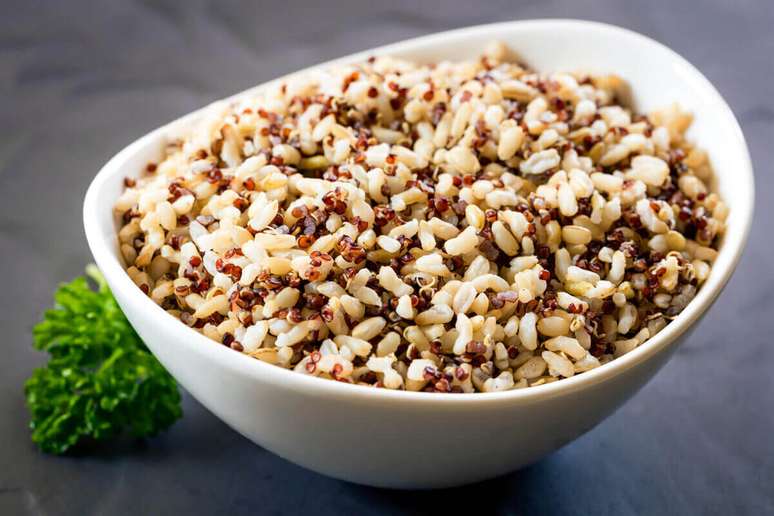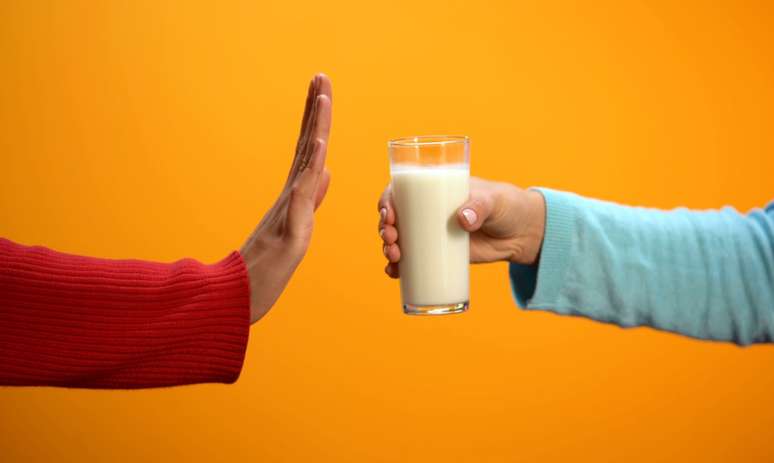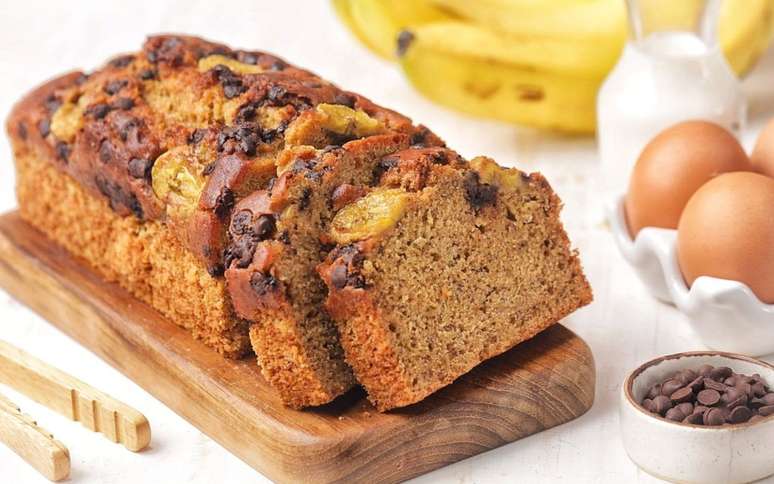It is essential to pay attention to food labels and choose meals with natural ingredients.
Despite receiving little attention, celiac disease is a very common condition which, according to information from the Ministry of Health (MS), affects approximately 1-2% of the world’s population. This condition is triggered by the immune system’s reaction to ingesting gluten, a protein found in wheat, barley and rye.
Autoimmune celiac disease can cause significant damage to the lining of the small intestine, resulting in complications and difficulty absorbing nutrients properly. Furthermore, gluten consumption can cause inflammation in people who are intolerant to this protein. “The symptoms are usually: trapped or loose intestine, gas, bloating and feeling of fullness”, analyzes Daniela de Almeida, functional and sports nutritionist.
Importance of looking at the packaging
When adopting a gluten-free diet, it is essential to develop the habit of reading food labels carefully. The packaging contains essential information that may indicate the presence or absence of gluten in the product. Additionally, many processed foods may contain traces of gluten due to cross-contamination during manufacturing.
In this scenario, the inclusion of gluten-free foods in dieting it is an increasingly widespread practice, both for specific needs and for personal choice in search of a healthier diet. Discover 12 gluten-free foods to add to your menu!
1. Rice
Rice is a great gluten-free option, regardless of its variety. White is widely consumed and suitable for gluten-free diets. However, for those following this diet and looking for additional fiber benefits, brown rice may be an even healthier choice.
Compared to white rice, brown rice contains about twice as much fiber, which helps offset the loss of fiber that occurs when gluten-containing foods are excluded from the diet. By opting for any of these grain varieties, you will enjoy a nutritious and safe gluten-free food.
2. Potatoes
Potatoes are naturally gluten-free. Furthermore, it is an incredibly versatile ingredient and can be prepared in different ways, such as au gratin, boiled or roasted. French fries are also technically gluten-free, but be careful when ordering them at a restaurant: sometimes the oil used for frying is also used to fry foods that contain gluten, which can cause contamination.
3. Corn
Cornflakes can be a wonderful gluten-free alternative to many wheat-based breakfast cereals. However, it is always important to check the label to make sure they are labeled “gluten-free”, as some may contain unwanted additional ingredients.
A useful tip is to transform the flakes into gluten-free breadcrumbs. Simply grind them in a food processor food and use them to bread chicken or fish dishes. This is a delicious way to add crunch to your gluten-free dishes. Furthermore, corn can be consumed in other ways, such as boiled, roasted, fried and included in sweet recipes.
4. Beans and legumes
By adding beans and legumes to your diet, you will not only be able to enjoy tasty meals, but you will also ensure a balanced and healthy diet, especially for people following a gluten-free diet. These foods are a smart choice for those who want to get quality plant-based protein, fiber and a variety of essential nutrients without the presence of gluten.
“Because they are very fibrous foods, they slow down the absorption of a meal, which is good, since they reduce appetite and the release of hormones that make us gain weight,” says nutritionist Fernando Castro.
5. Eggs
If you are looking for an alternative for your breakfast, consider replacing the toast with an omelette. You egg They are gluten-free foods with numerous extra benefits.
“In eggs we can find all the essential amino acids that our body needs to carry out vital functions, such as immunity, nutrient transport, hormone production and tissue production. The vitamins and minerals present also play a role regulator and balancing in the body”, underlines nutritionist Simone Abreu.
6. Nut and seed flours
One of the hardest things to give up on a gluten-free diet is wheat flour. It is present in almost all breads and baked goods. Finding a gluten-free bakery may take a bit of research, but making baked goods at home is a little easier; try it with nut or seed flours.
“Oil seeds regulate cholesterol levels, reducing LDL (bad cholesterol) and increasing HDL (good cholesterol), preventing atherosclerosis and hypertension, contributing to a healthier heart and brain,” explains the nutritionist Natália Colombo.

7. Fresh fruit and vegetables
Some of the best things you can eat on a gluten-free diet are fruits and vegetables. They help you get fiber and are full of healthy nutrients.
“Most of food colourings It comes from fruit, which offers vitamins and minerals not produced by the body, but which are essential for adequate nutrition and the correct functioning of the body”, explains nutritionist Gabriela Marcelino.
8. Quinoa
Considered a seed, quinoa is a great gluten-free option, as well as being rich in protein, fiber and essential nutrients. Contains all the essential amino acids that our body needs, it is particularly useful for vegetarians and vegans who wish to obtain a complete diet without resorting to ingredients of animal origin.
“[A quinoa é] effective in the prevention of chronic diseases, such as osteoporosisheart disease and other female changes resulting from the lack of estrogen during menopause,” explains nutritionist Queila Turchetto.
9. Fresh meats
Chicken, beef and pork are lean, flavorful gluten-free proteins in their pure, fresh form. They are an excellent source of essential nutrients, such as high-quality protein, iron, zinc and B vitamins. These meats can be prepared in various ways, such as grilled, roasted, boiled or braised.
10. Pisces
All types of fish, including freshwater and saltwater fish, are naturally gluten-free. They are rich in protein and provide fatty acids omega 3 healthy for the heart, essential for brain and joint health. They are a great alternative for those looking for lean, nutritious protein in their diet. When preparing fish it is best to opt for healthier cooking methods such as grilling, roasting or steaming.
11. Cassava
Cassava is a root rich in easily digestible carbohydrates, making it an excellent source of energy. In addition to being naturally gluten-free, it is a source of fiber and minerals, such as potassium, phosphorus and calcium, which strengthen bones and muscles. And, thanks to its versatility, it allows the preparation of different dishes, such as cakes, tapioca and beiju.
12. Amaranth
Naturally gluten-free, amaranth it is an excellent choice for people with celiac disease. Rich in fibre, iron, magnesium and calcium, it contributes to bone health, intestinal function and helps prevent anemia. Additionally, its low glycemic index helps control blood sugar levels, making it a great option for diabetics.
Source: Terra
Ben Stock is a lifestyle journalist and author at Gossipify. He writes about topics such as health, wellness, travel, food and home decor. He provides practical advice and inspiration to improve well-being, keeps readers up to date with latest lifestyle news and trends, known for his engaging writing style, in-depth analysis and unique perspectives.





![It All Begins Here: What’s in store for Thursday 16 October 2025 Episode 1286 [SPOILERS] It All Begins Here: What’s in store for Thursday 16 October 2025 Episode 1286 [SPOILERS]](https://fr.web.img3.acsta.net/img/7d/99/7d99acbb3327f48a72b40f684092775e.jpg)

-qe1jxfyoo3eh.JPG)

